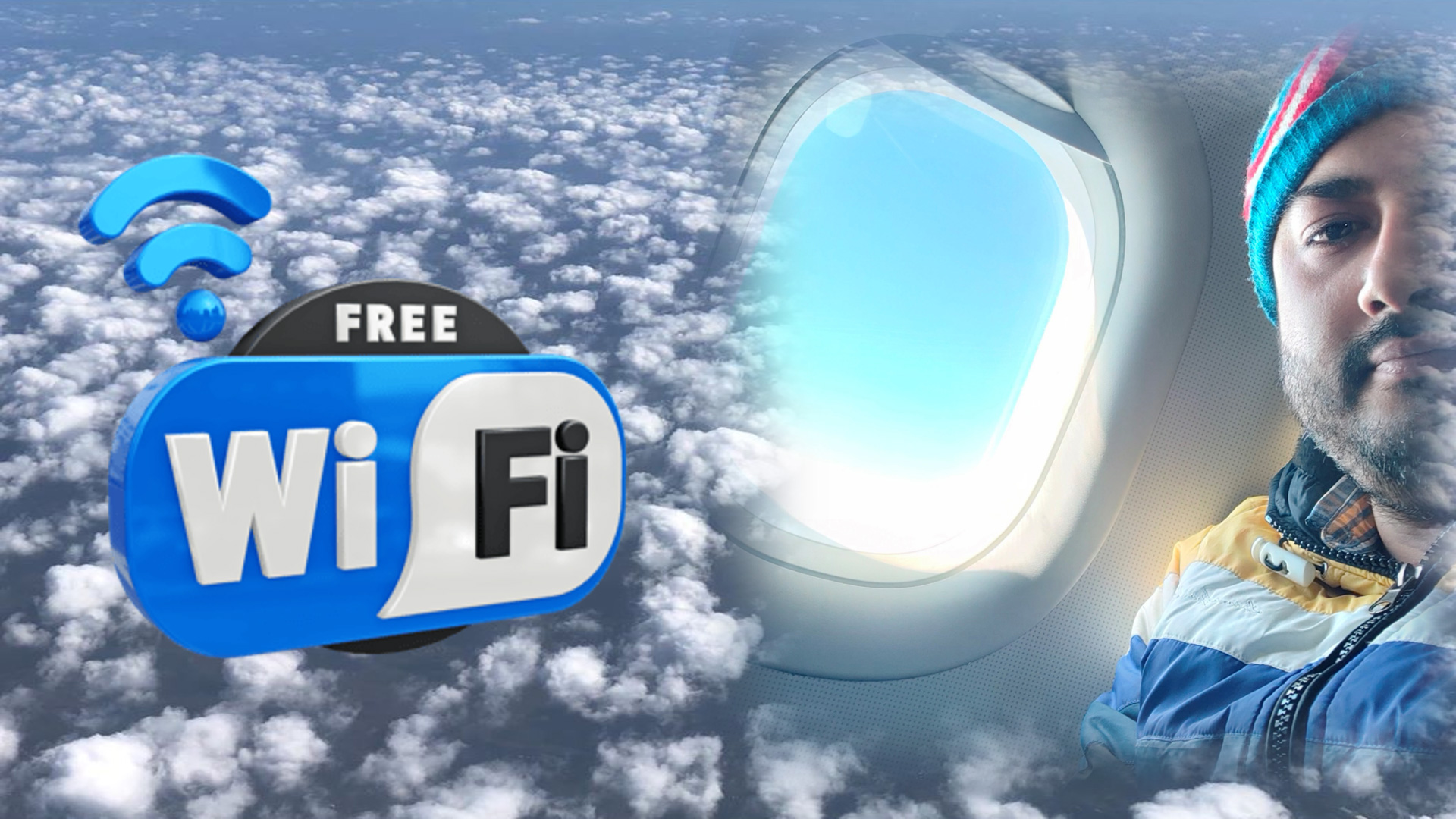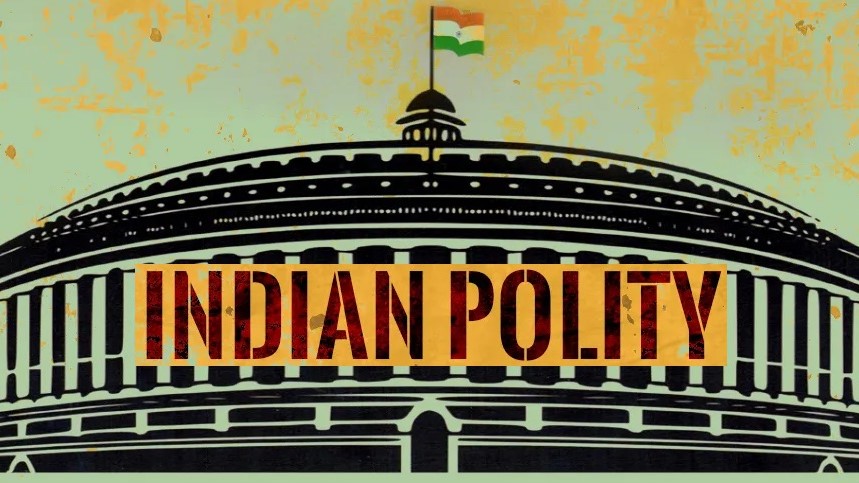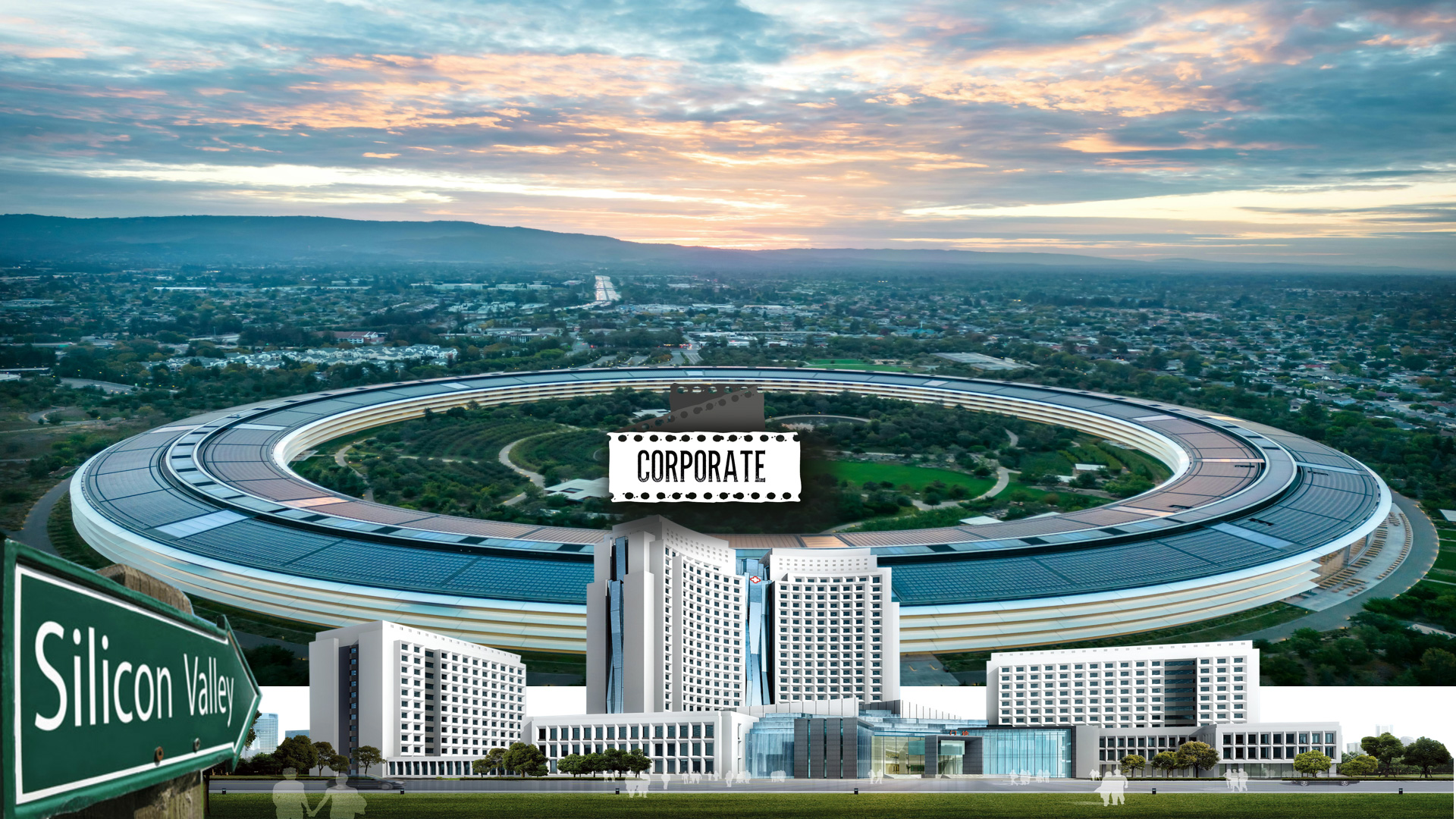High-Flying Wi-Fi - A Tale of Airplane Connectivity, Tech Wonders, and Cabin Comedy | (Sun 08 Dec 2024 16:58)

It was one of those mornings when I dragged myself out of bed with all the enthusiasm of a cat being put in a bath. I had an early domestic flight on Indigo 6E, which, as the name suggests, is about as wild and adventurous as flying gets when your main form of entertainment is the sound of the in-flight safety announcement. Before I even boarded, I made a beeline for my phone to check if the plane had Wi-Fi. My hopes were dashed—no Wi-Fi. It’s like going to a party only to find out the host forgot to order the pizza.
While I was scrolling through my phone, I remembered that my friend, Sameer, had just returned from an international trip on a Vistara flight. And not just any Vistara flight—one that, for all I know, had gold-plated seatbelts and a dedicated cabin crew member whose job was to paint your toenails mid-flight. Sameer was practically raving about his experience with the Wi-Fi. While I struggled with my ancient in-flight magazines, he was busy chatting on WhatsApp and ignoring all the beautiful views of the Alps or whatever exotic landscape they were flying over. When I asked him how the Wi-Fi was, he said, "It was like having a mini office in the sky." That’s when I realized that I was living in the dark ages of in-flight connectivity.
Sameer’s story made me question the magic of Wi-Fi on airplanes. How does it even work up there? Is there a tiny little gnome on the plane frantically pedaling a stationary bike to keep the signals running? I decided to dig a little deeper and discovered that in-flight Wi-Fi is more complicated than teaching an old dog to roll over—especially at 36,000 feet in the air. I mean, I’ve always been a techie, but when it comes to understanding the mechanics behind internet signals, I’m more confused than a cat in a swimming pool.
The internet in the sky is not a recent marvel. Boeing actually unveiled a service called Connexion back in 2000, and it launched on a Lufthansa flight from Munich to Los Angeles in 2004. It was ahead of its time, sort of like a smartphone in the 1990s or a movie about artificial intelligence that doesn’t age well. But alas, Boeing pulled the plug on Connexion in 2006 because, at the time, people were still rocking flip phones that could only make calls and send angry texts with 20 buttons. It turns out, people weren’t exactly ready for their Wi-Fi fix at 35,000 feet.
Fast forward a decade or so, and tech has come a long way—thank goodness, because I don’t want to go back to the era of printed boarding passes and “seatbelt” being the most exciting word in my vocabulary. Airlines and satellite providers have worked tirelessly to improve in-flight connectivity, and now more airlines are offering Wi-Fi than ever before. It’s like they realized that people would actually pay for the privilege of checking emails, posting selfies with “#skyhigh” captions, or watching a full episode of The Office without needing a time machine.
But here’s the thing—Wi-Fi on planes isn’t quite the same as what you have at home or work. It’s fast enough for basic tasks, like texting or stalking your ex’s latest vacation photos on Instagram, but don’t expect to be streaming your favorite movie in 4K. If you’re planning on having a Zoom meeting, better pray that no one’s trying to download a cat video in the next row over. Because nothing says "professional" like your boss watching you freeze mid-sentence with an expression that says, “I think I just discovered the meaning of existential dread.”
Now, let’s get technical, shall we? In-flight Wi-Fi works in one of two ways: the ground-based method and the satellite-based method. Ground-based Wi-Fi is pretty straightforward. It’s like using your phone in the city, except instead of a cell tower next to you, there’s an antenna mounted on the belly of the aircraft that communicates with towers on the ground. The airplane, essentially, becomes a flying Wi-Fi hotspot. But there’s a twist: as the plane speeds across the sky, it must keep switching between cell towers like a desperate partygoer looking for the open bar.
Then there’s satellite-based Wi-Fi, which, let’s be honest, sounds cooler and makes you imagine a tiny astronaut juggling Wi-Fi signals like a circus act. This method uses satellites that orbit Earth, and the plane connects to them to stay online. It’s the high-tech way to get Wi-Fi, but it comes with a downside. Unlike ground-based systems, satellite Wi-Fi can sometimes feel like your internet is moving slower than a snail on a lazy day, especially when there’s heavy cloud cover. I’m not saying you’ll be waiting for your page to load like it’s the early days of dial-up, but you might want to prepare your mind for a little patience.
Sameer had his first taste of this satellite-based Wi-Fi on an Air India flight, and he was excited but wary. The moment he connected, he was hit with that familiar feeling: the joy of knowing you’re connected and the mild frustration of trying to load a GIF that moves at the pace of a toddler learning to walk. But hey, it was better than nothing! And for those who’ve spent hours trying to entertain themselves by staring at the seatback in front of them, any connection is a win.
One thing I learned from Sameer’s tale was that some airlines are truly committed to making the sky a more connected place. Vistara, for example, offers free Wi-Fi to passengers, which makes you wonder if their motto should be “We’ll keep you online, so you don’t miss your morning coffee or that cat video your friend just sent.” It’s a stark contrast to my experiences on budget airlines, where the Wi-Fi is either non-existent or so slow it makes you question why you even tried.
But as much as I longed to experience the in-flight Wi-Fi Sameer had raved about, I knew I wasn’t going to find it on my next Indigo flight. It’s like looking for Wi-Fi in a desert—you might find it if you squint hard enough, but it’s probably not there. And besides, not all of us are living that sky-high luxury lifestyle. Some of us are just trying to get through the flight without being stuck behind someone who thinks reclining their seat is a human right.
So, as I sat down and prepared for a flight that would involve staring at my phone for a few minutes before running out of things to do, I made a mental note: the next time I book a flight, I’m checking that Wi-Fi status like it’s the price of admission to the VIP section. And who knows, maybe next time I’ll be the one texting Sameer from 36,000 feet, saying, “Check out my free Wi-Fi!” before he replies, “Enjoy it while it lasts.”
And then I’ll reply, “Thanks. You’re the real MVP of the skies."

Physics, Chemistry, Biology and Geography.

Computer Programming, languages & their frameworks.

Economics, Accounts and Management.

Reviewing old and new books.

Ancient, Medieval, Modern, World History.

Indian Constitution, Politics, Policies, etc.

Everything related to International Affairs.

For all humanities topics, except History & Polity.

Anything related to entertainment industry.

Mainly Cricket but other sports too.

CS, IT, Services & Corporate Sector.
Comments
No comments yet. Be the first to comment!
Leave a Comment